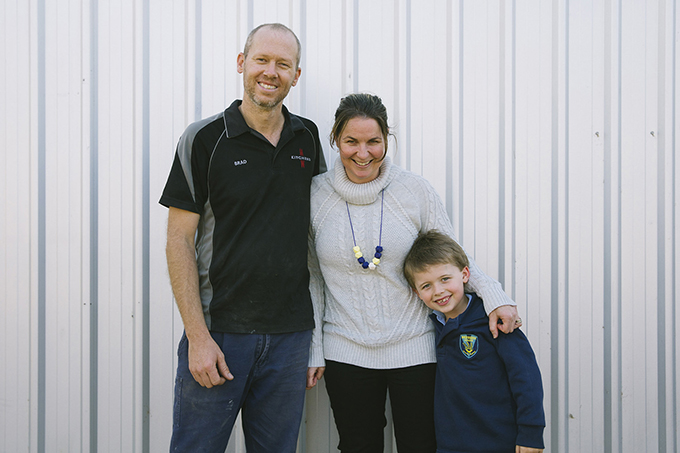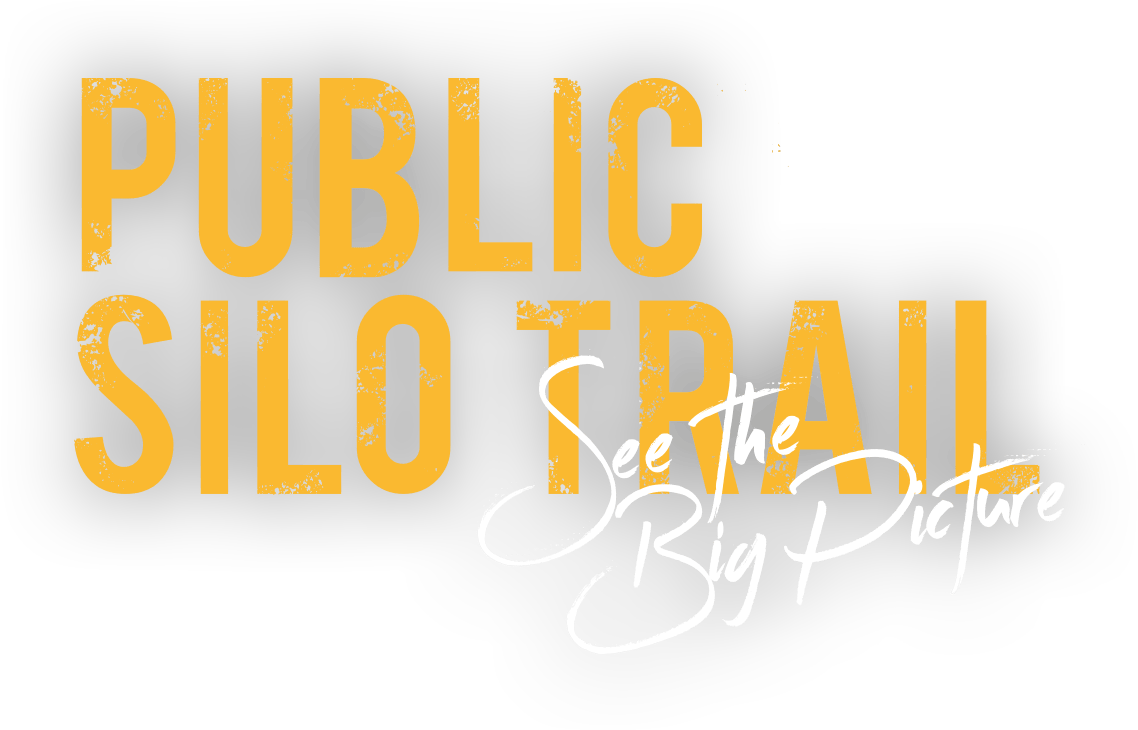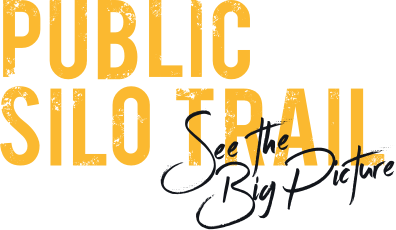Merredin Kyle Hughes-Odgers

Renee Manning
Merredin’s the big smoke for me. I grew up in Mukinbudin, which is a small town about eighty kilometres north. Mukinbudin only has about four hundred people in it, so Merredin’s nine times the size. I boarded in Merredin to finish high school, where I met my future husband. After high school, I was adamant I wasn’t coming back. I had a desire to get away and live in the city, and I did. I went away to Perth for university, studied science and end up with a degree in environmental health. I had a great time. Brad and I did five years in a long distance relationship through that time. He did come up to Perth for six months, but city life wasn’t for him. Merredin was where he wanted to be, so after university I moved back. I’ve been here ever since, for about the past fifteen years. I don’t think we’ll ever get back to living in the city.
When I was twenty-six, I was nominated by the local Agricultural Society for the WA Rural Ambassador award. At that time I was really involved in land and water management on farms, and a waterwise campaign for towns. I was working in an environmental sustainability space, so I campaigned on making towns self sufficient in water, in energy, in food: a bit of a vision that was unusual for the time. I ended up winning the WA Rural Ambassador and got to compete nationally. It was an amazing experience, which eventually got me to New Zealand where I attended the Commonwealth Ag Society Conference, meeting fellow young ambassadors from across the Commonwealth. Many of these same people are now doing these amazing things in their communities. Sometimes I beat myself up that I am not doing enough. There is always more to contribute. Given my current stage of life, raising two young boys, and being part of a business, and working full time, I think I can take a step back, for now. I am now really keen to see the Wheatbelt take the leap to being a renewable energy hub for the State,and also see diversification initiatives like irrigated agriculture take off, to help contribute to making the region more self sufficient.
A lot of people who have left Merredin after high school, have actually come back. We call them “boomerangs.” It isn’t a bad thing, opening your eyes up to the big wide world, and then making great contributions using their wider network. I am one of those boomerangs, and consider myself lucky: I’ve had a professional opportunity out here as a Senior Policy Officer at the Department of Primary Industries and Regional Development. My position allows me to try and contribute to that initial vision I had back in 2006: to see more selfsufficiency, diversification and innovation in our regions. My team mainly does grains research and development work, bio-security and helping grower groups work through on-farm issues. Primary industries and regions are inextricably linked. I guess just by nature of living in a regional area you’re always connected to farming. We’re all linked, so even though I’m not on a farm, the visceral reaction to rain or no rain is there.
My husband has a cabinet-making business, and we are not immune to the impact of the seasons. If it’s a bad season for the farmers, we might have a lag of people wanting things to be built, because they haven’t had the income to be able to afford it that year. When you have friends that are in that particular boat, it’s hard. But when it rains it is amazing how it lifts spirits. Though I have noticed that the past decade of difficult seasons has seen our farmers adjust and farm smarter, using the information and technology to build resilience. This is compared to our city friends and cousins, who are fairly immune to what is happening outside their little bubbles. Out here we’re in it together. At times, it feels like we all kind of live and breathe as one. Community does come to the fore in hard times.
This is part of what keeps me here: the feeling of being connected. You still actually have to make an effort to feel like you’re part of the community. You have to choose to connect. In Merredin, and probably in the whole of the Wheatbelt, it’s three degrees of separation with anything that you’re doing. If you have a desire to enact change or make a difference, it’s not hard to do. There is an opportunity to make a difference and be heard.
There are so many good things about living out here that may not be obvious at first glance. I have taken opportunities to make a difference. There was no picture framer in town, and our local arts society were in need of a framer, so I just thought I would give it a go; it turned out to be a good little side hustle. I do love the natural landscape in the Wheatbelt. It is quite distinctive. We have these major granite exposures that appear from out of the ground and are an amazing source of flora and fauna. Our biodiversity could be improved, though our natural landscape is just untapped for tourism out here. Slowly it is building a profile through more promotion and social media. Places like Wave Rock have been heavily marketed and is very popular. Down the road, we also have these amazing waves with huge pieces of bush attached to them. You can freecamp and explore nature relatively
undisturbed by other humans!
I guess wheat growing and wildflowers are what we’re known for. The famous catch cry is forty per cent of the State’s wheat is grown within a hundred-kilometre radius of Merredin. Maybe not quite true now, but what I do know is true, is that our industries are resilient and adaptable, and are a benchmark for the world in farming in low rainfall environments. What works here will help those west of us. Given climate change predictions it is crucial we keep examining how to keep things productive out here. People came out here originally to take a chance on
a different way of living: such a leap of faith, and hard work. For those who take the leap, and choose to live and work regionally, it can be very rewarding.

